This column reflects the opinion of the writer. Learn about the differences between a news story and an opinion column.
Sue Lani Madsen: Representative’s tribal visit is a reminder that we have a system that works, even when it works slowly
Conflict or the potential for conflict attracts more media attention than harmony. That explains why some events on Rep. Cathy McMorris Rodgers’ calendar this week received news coverage, and others slipped silently by like a sockeye traveling up the Columbia River. Or the parts of the river that still have salmon.
There was potential for conflict in the Spokane Republican’s two-hour meeting with the Spokane Tribal Council. The reservation is the only consistently blue precinct in Stevens County, with less than 21% of voters supporting McMorris Rodgers in 2018, compared to 75% countywide. But it was a collaborative session, not the kind of political theater generated inside and outside too many town hall meetings.
The Spokane Tribe of Indians has been seeking access to fishing sites below the dams for years.
“We are salmon people, we are river people,” said Carol Evans, council chairwoman.
Tribal studies of salmon survival in the cool slackwater of Lake Roosevelt support reintroduction above Grand Coulee for both cultural and recreational values. The return of sturgeon fishing to Lake Roosevelt in 2017 “proves the potential economic impact (of salmon recovery) to the small communities along the river,” said Vice Chairman Greg Abrahamson.
Councilman Danny Kieffer was optimistic after seeing for himself the potential for Whooshh Innovations’ Salmon Cannon to solve the dam problem.
“The Columbia River Treaty negotiations are going to be very interesting,” Kieffer said.
Press conferences and partisan bickering draw the spotlight, but backstage constituent meetings and bi-partisan negotiations are the real show. McMorris Rodgers said she and Rep. Peter DeFazio, an Oregon Democrat, have been meeting regularly with the State Department, pushing to get Northwest tribes a seat at the table. The Spokane Tribe is hoping to be there as an observer alongside Canada’s First Nations representatives.
Other tribal staff reports highlighted recent solar installations for energy self-sufficiency, a shovel ready project for a biomass heating district, and plans for a hotel to support 49 Degrees North in hosting major events. Evans emphasized a desire to be good partners, working in harmony with the City of Chewelah for the benefit of all.
Then there’s the cleanup of an EPA designated Superfund site at the old Midnite Mine. The mine closed in 1981 and cleanup wound its way through a maze of litigation until a final settlement was reached in 2012. The reclamation project is in its third of 10 years.
Ricky Sherwood, tribal liaison, reported employment targets for tribal members have been met, with no reportable injuries in 2018 and only a few bee stings in 2019. McMorris Rodgers asked how things were going with EPA. No issues. Council members attested to the visible progress in their annual visits to the site.
No photo op. No protests. No drama. A reminder that we have a system that works, even when it works slowly.
Which is healthy to keep in mind as healthcare reform muddles on.
The Spokanes are one of six direct service tribes in the region under the Indian Health Service (IHS). Abrahamson thanked McMorris Rodgers for her past work on the Indian Healthcare Improvement Act, one of those legislative tweaks.
“We’re still underfunded but it really helped out. Used to say don’t get sick after June,” said Abrahamson.
Long term, the tribe is working with the WSU Medical School to identify potential students from the reservation. Evans estimated there are about 2,950 tribal members, with half living on the reservation and 90% nearby. “Our people return to our land like the salmon returning from the ocean,” said Evans.
IHS struggles to recruit providers to rural reservations. Some of it is wages, some is simply remoteness. Telehealth has potential to solve challenges in bringing psychiatric treatment to a reservation with a slowly improving suicide emergency, but still faces issues in implementation including lack of broadband capacity.
“You touched a little on suicide,” said McMorris Rodgers. “Being connected to your past and a feeling that what you do has meaning in the future is one of the best things we can do to prevent suicides.”
Evans nodded and said, “Counselors tell people in recovery to do their family tree, to seek out their elders and make a connection.”
There was much, much more to the conversation. It’s how we should talk to each other.
“Living with harmony is good,” said McMorris Rodgers, “but harmony doesn’t mean one voice. Harmony requires many voices.”
